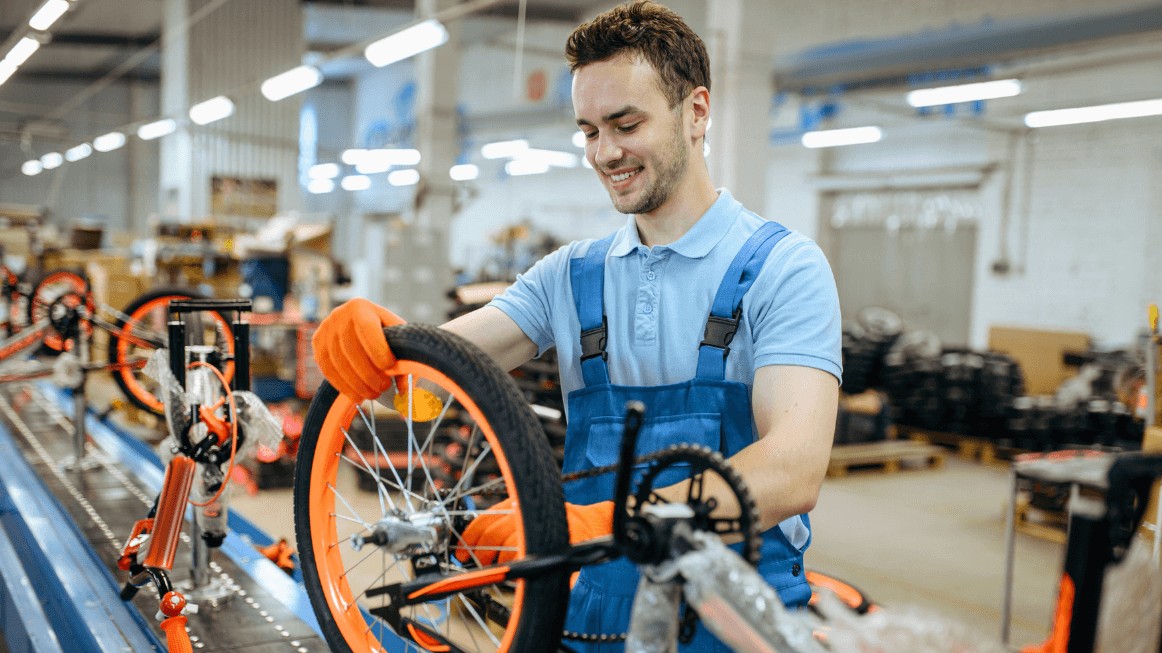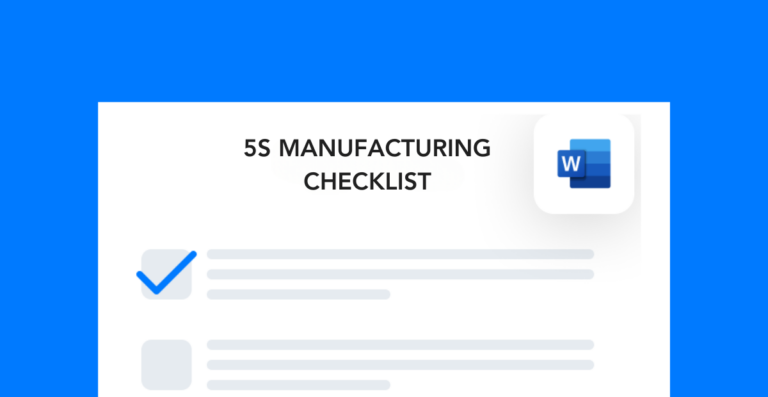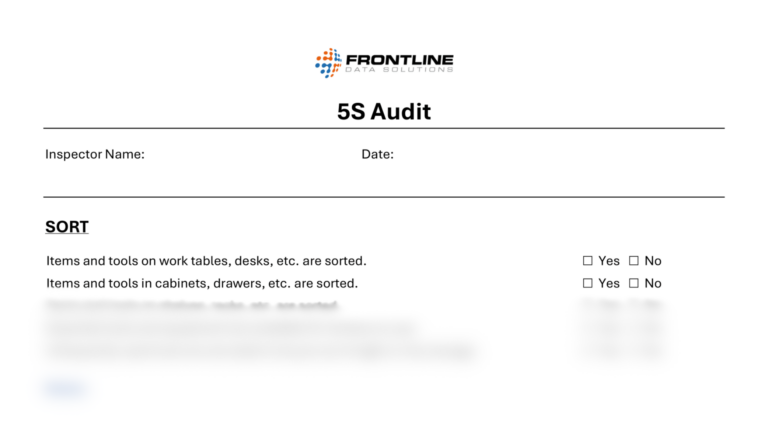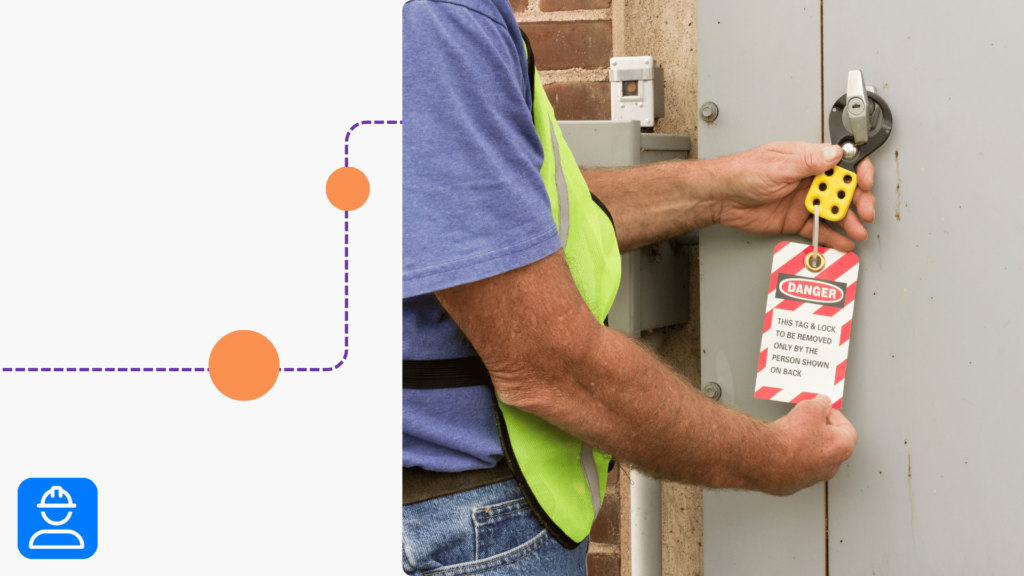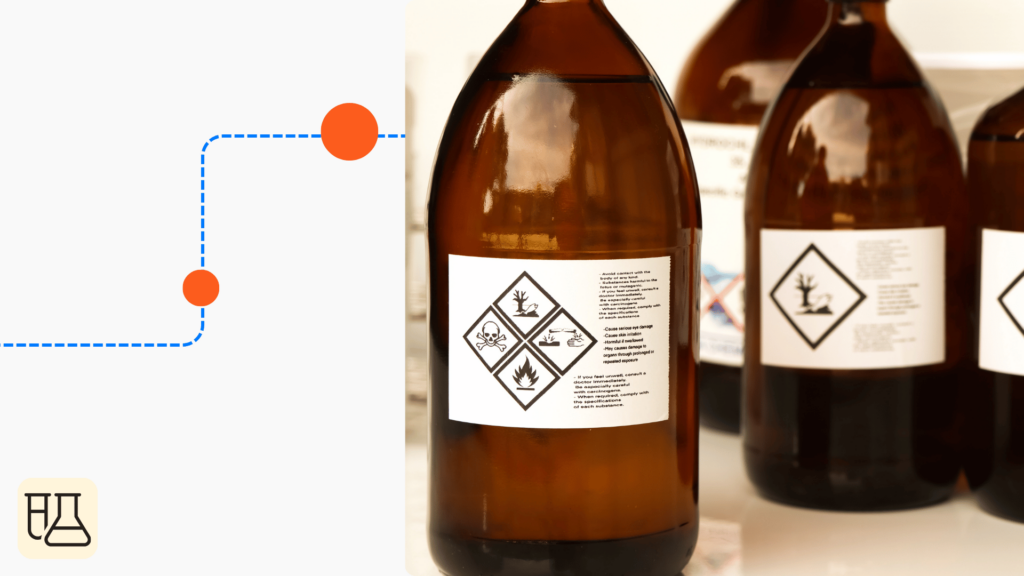Manufacturing hazards are an unavoidable reality in industrial environments, but they don’t have to result in injuries or downtime. From equipment malfunctions to chemical exposure, these risks can seriously impact worker safety and efficiency. In this blog, Jason Hathcoat breaks down six of the most common manufacturing hazards and how to address them.
In my experience, most manufacturing facilities are crawling with safety hazards. Oftentimes, you’ll find what I like to call the “low-hanging fruit,” which are the little things that can (and will) open the floodgate for inspectors to pick your facility apart.
Some examples that come to mind are blocked electrical panels, fire extinguishers, and eye-wash stations. I’d also consider a lack of safety equipment in this category.
Those types of things are the easy targets for any inspector. In this post, however, I’ll be covering the deep, dark hazards of manufacturing facilities. These are the top six manufacturing hazards I’d warn you to address immediately.
Free Checklist!
Audit your facility’s 5S and find areas of improvement with this simple audit form.
Electrical Hazards
Most companies fail to properly train their employees on electrical shock and arc flash hazards. And they often fail to require their employees to wear proper electrical PPE. Of the companies that do enforce proper PPE, many are relaxed when inspecting and testing this gear.
Other examples of frequently overlooked manufacturing hazards include:
- Failing to properly inspect electrical equipment
- Not performing arc flash surveys or infrared surveys
- Not teaching employees how to spot signs of electrical hazards
All of this adds up to huge risk and potentially very fatal mistakes on the company’s part. If your employees work with this equipment on a regular basis, it’s your responsibility to ensure its upkeep and to teach them how to safely operate it.
Lockout/Tagout
In my 15+ years of experience, I’ve seen too many companies fail to comply with LOTO regulations, resulting in employee injuries. Oftentimes, companies won’t even have documented procedures readily available on the specific machinery for employees to lock out.
In the past, I’ve asked employees where the LOTO protocol is posted and gotten the response “it’s in my head.” If your employees think this way, it’s because you haven’t fully explained the dangers of lockout/tagout failures.
Dig into the OSHA standard and implement the best practices outlined so you don’t end up with these types of hazards (and resulting injuries) on your hands.
Confined Space Hazards
The biggest source of manufacturing confined space hazards, in my opinion, is manufacturers often don’t identify confined spaces as such. If you don’t know what a confined space is in the first place, you won’t be able to protect your workers from the hazards that come with it.
I’ve also seen several instances where a company identified a confined space and then didn’t perform the proper required training for employees. Or, they perform the training but then don’t monitor who’s working inside. So, they could easily have untrained personnel in the confined space, increasing the risk of an injury or fatality.
Bottom line: you need to ensure that only trained individuals enter confined spaces.
Fire Manufacturing Hazards
Fire hazards are presently in most manufacturing environments and often go hand in hand with preventative maintenance procedures. Just think about all the equipment and machinery in a manufacturing facility.
If you don’t perform routine maintenance, audits, and inspections, you’re greatly increasing the risk of a fire occurring. Once, I saw a fire that happened because the facility failed to maintain its machines per the manufacturer’s recommendations.
Other common environments for fire manufacturing hazards include:
- Defective fire extinguishers (Download this fire extinguisher inspection checklist)
- Poor housekeeping (cable management, corrugate recycling, etc.)
- Lack of proper flammable storage
- Insufficient management of hot work activities
- Uncontained ignition sources
- Neglected fire suppression system (inspection and maintenance)
Because there’s so much equipment in a manufacturing facility, you could list almost an endless number of fire hazards. That’s why having a preventative maintenance program in place will help you reduce your risk exposure.
[Check out our guide “How to Create a Preventive Maintenance Program”]
Slips, Trips, and Falls
As an EHS professional, I’m constantly hearing about slips, trips, and falls but when it comes to hazard management, they don’t get the credit they deserve.
When they come across trip hazards during site audits, many supervisors shrug them off as a low-level finding. And it’s true that these hazards may not be immediately dangerous to life and/or health.
However, there’s a strong chance that at some point, someone will come through the area, fall, and sustain an injury (or worse). After all, same-level falls accounted for 136 fatalities and 127,680 injuries in 2020, per the National Safety Council.
When we look at falls from height, the risk only increases from there. You must implement proper training, inspection techniques and frequency, and program implementation for these types of hazards. Do your homework and don’t take it lightly.
Powered Industrial Vehicles
In 2021, the National Safety Council Reports 70 fatalities and 7,290 non-fatal injuries resulting from forklift incidents. Ensure that you have a robust PIV program in place with proper training.
Also, make sure to have a forklift course for the specific type of lift workers will be learning how to operate. The course should have a classroom component and a hands-on practical component to verify mastery of the concepts. All PIV training courses need to be thoroughly documented (this includes refreshers and retraining).

Jason Hathcoat, CSP
Jason is a seasoned EHS professional with more than 20 years of experience working in health and safety. He currently serves as a Senior EHS Leader at Trane Technologies.

